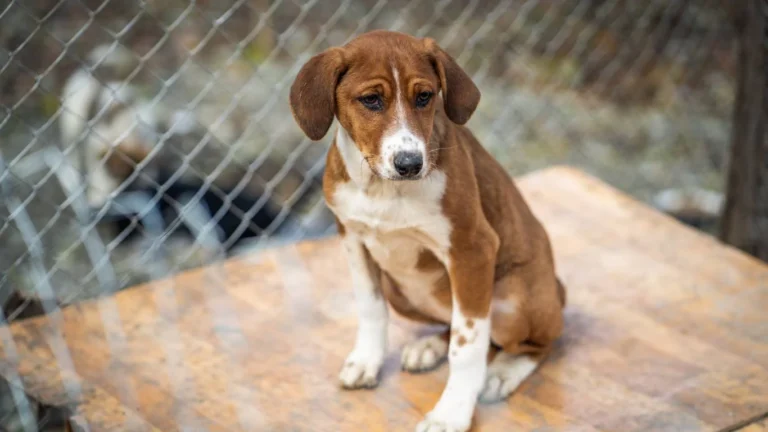Can Dogs Eat Jalapeños or Spicy Foods? Avoid Health Risks for Your Pet!
As an Animal Care Specialist with years of experience working in pet clinics and shelters, I’ve come across all sorts of questions from pet owners. One of the most common ones is, “Can dogs eat jalapeños or spicy foods?” It’s no surprise, since so many of us love snacking on spicy foods and wonder if our dogs can share in the joy. But is it safe? That’s the big question. In this blog post, we’ll dive deep into the potential risks and effects of spicy foods like jalapeños on your dog’s health. So, let’s break it down!
Understanding Dogs and Their Diet
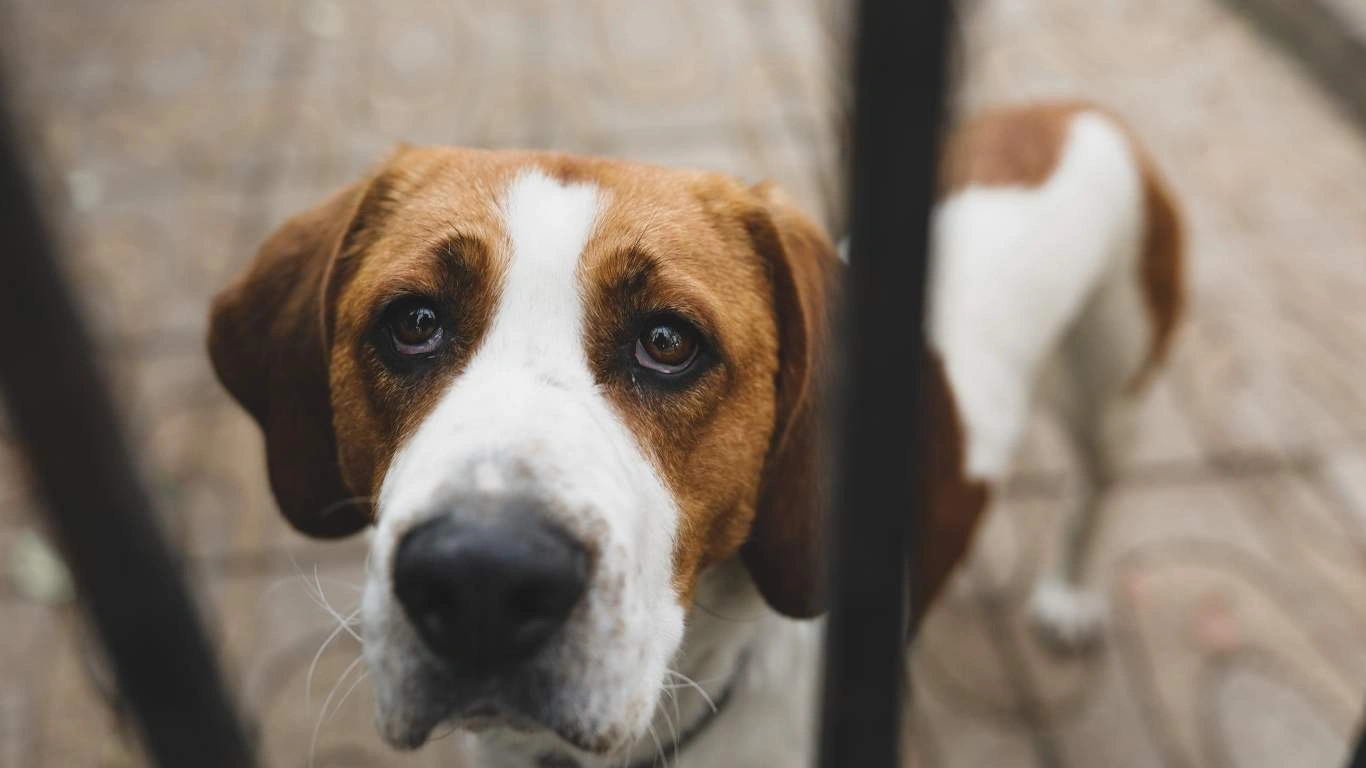
Before we get into the specifics of spicy foods, let’s first touch on how dogs’ digestive systems work. Unlike humans, dogs have a different metabolism and a far more sensitive stomach when it comes to certain foods. While our bodies are designed to handle a range of foods—including spices—our dogs’ digestive systems aren’t equipped to process the same kinds of foods we consume on a regular basis. As an animal care specialist, I’ve seen firsthand how certain foods, when fed to dogs, can cause immediate discomfort or long-term health issues.
So, it’s important to think about what goes into their bowls with extra care. That includes considering how certain ingredients, like jalapeños, can affect your dog. Some foods that are safe for humans might not necessarily be safe for our furry friends. With that in mind, let’s talk about spicy foods like jalapeños and what happens when your dog eats them.
Can Dogs Eat Jalapeños or Other Spicy Foods?
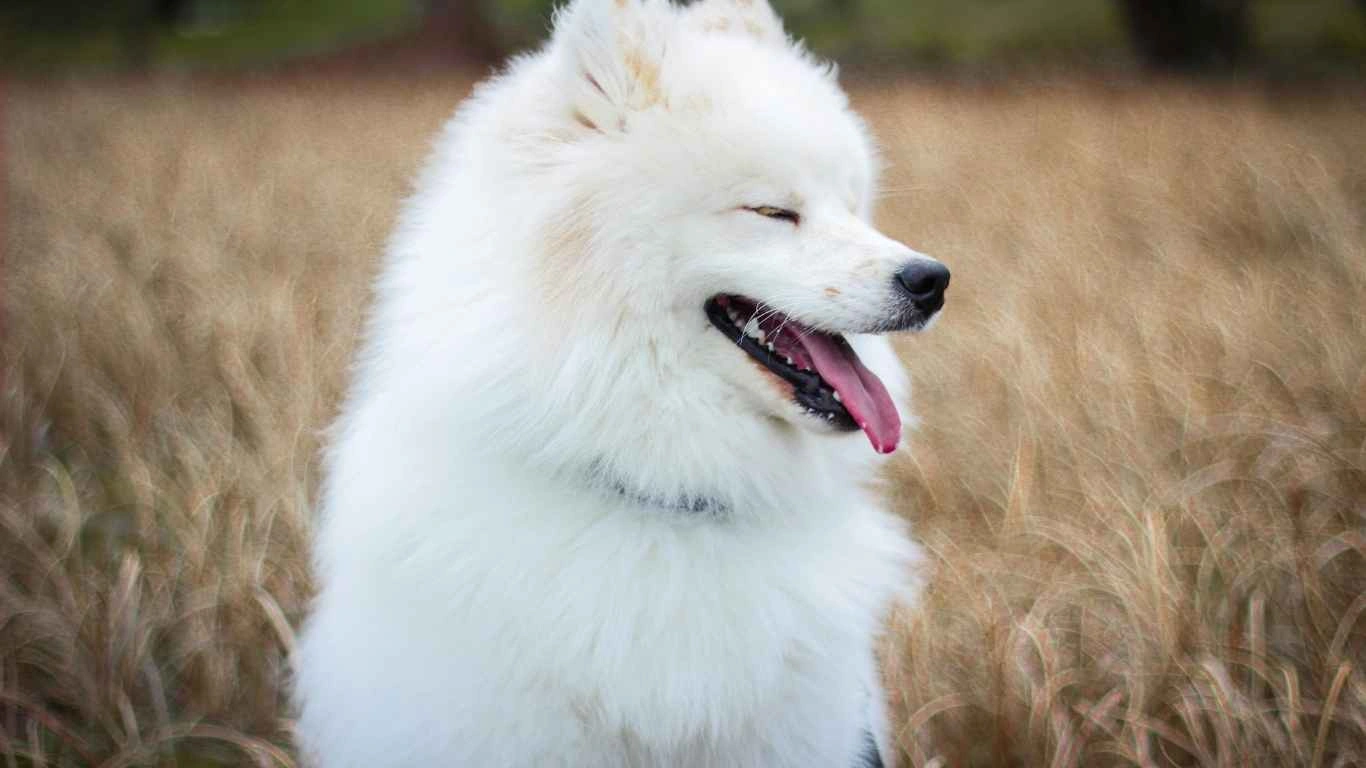
The Danger of Spicy Foods
The short answer is no, dogs shouldn’t eat jalapeños or other spicy foods. Jalapeños, along with other spicy peppers like habaneros, contain a compound called capsaicin, which gives them their heat. While humans can tolerate capsaicin in small amounts, dogs don’t have the same tolerance. Their digestive system simply isn’t built for it.
In fact, when dogs eat spicy foods, they can experience a range of unpleasant symptoms, including:
- Stomach upset – Your dog may experience vomiting or diarrhea, both of which can lead to dehydration.
- Discomfort – Spicy food can cause intense discomfort for your dog, and they may start drooling or pawing at their mouth.
- Increased thirst – The heat from the peppers can make your dog feel thirsty, leading them to drink more water than usual.
- Burning sensation – Just like us, dogs can feel a burning sensation in their mouths, which may lead them to paw at their faces or even drool excessively.
What Happens if Your Dog Eats Jalapeños?
If your dog does eat jalapeños by mistake, don’t panic—but do keep a close eye on them. Depending on the amount consumed, symptoms can range from mild irritation to more severe discomfort. For instance, if your dog only eats a tiny piece of jalapeño, they might experience a bit of stomach upset and some drooling. On the other hand, if they ingest a larger quantity, they may experience more serious symptoms like vomiting, diarrhea, or a burning sensation in the mouth.
In my personal experience working with animals, I’ve seen a few dogs come in after sneaking a spicy snack off the table. One dog, a playful golden retriever named Max, once ate an entire bag of chips with jalapeños. Let me tell you, it wasn’t pretty. Max was pacing around the clinic for hours, drooling uncontrollably, and looking really uncomfortable. We had to make sure he didn’t become dehydrated from all the vomiting and diarrhea. Thankfully, Max recovered after a few days, but it was a reminder that some human snacks aren’t meant for dogs.
What Should You Do if Your Dog Eats Spicy Food?

Stay Calm and Assess the Situation
If your dog eats jalapeños or any other spicy food, it’s important to stay calm and monitor their behavior. In many cases, mild symptoms will resolve on their own within a few hours. However, if your dog shows signs of severe distress, such as persistent vomiting, diarrhea, or difficulty breathing, it’s best to consult your vet right away. They can help assess the situation and determine whether further treatment is necessary.
Here are a few steps you can take if your dog has ingested spicy food:
- Check for symptoms: Watch for signs like drooling, excessive thirst, vomiting, or diarrhea.
- Keep them hydrated: Make sure your dog has access to fresh water to help prevent dehydration.
- Offer bland food: If your dog seems to have an upset stomach, you can offer bland foods like boiled chicken and rice to soothe their digestive system.
- Consult a vet: If symptoms persist or worsen, don’t hesitate to call your veterinarian for advice.
Spicy foods can be a big no-no for dogs, but it’s important to remember that accidents happen. As a pet owner, it’s crucial to be proactive about preventing access to these types of foods, but if something does happen, knowing how to react quickly can make all the difference in your dog’s comfort and health.
What to Know About Other Common Spicy Foods for Dogs
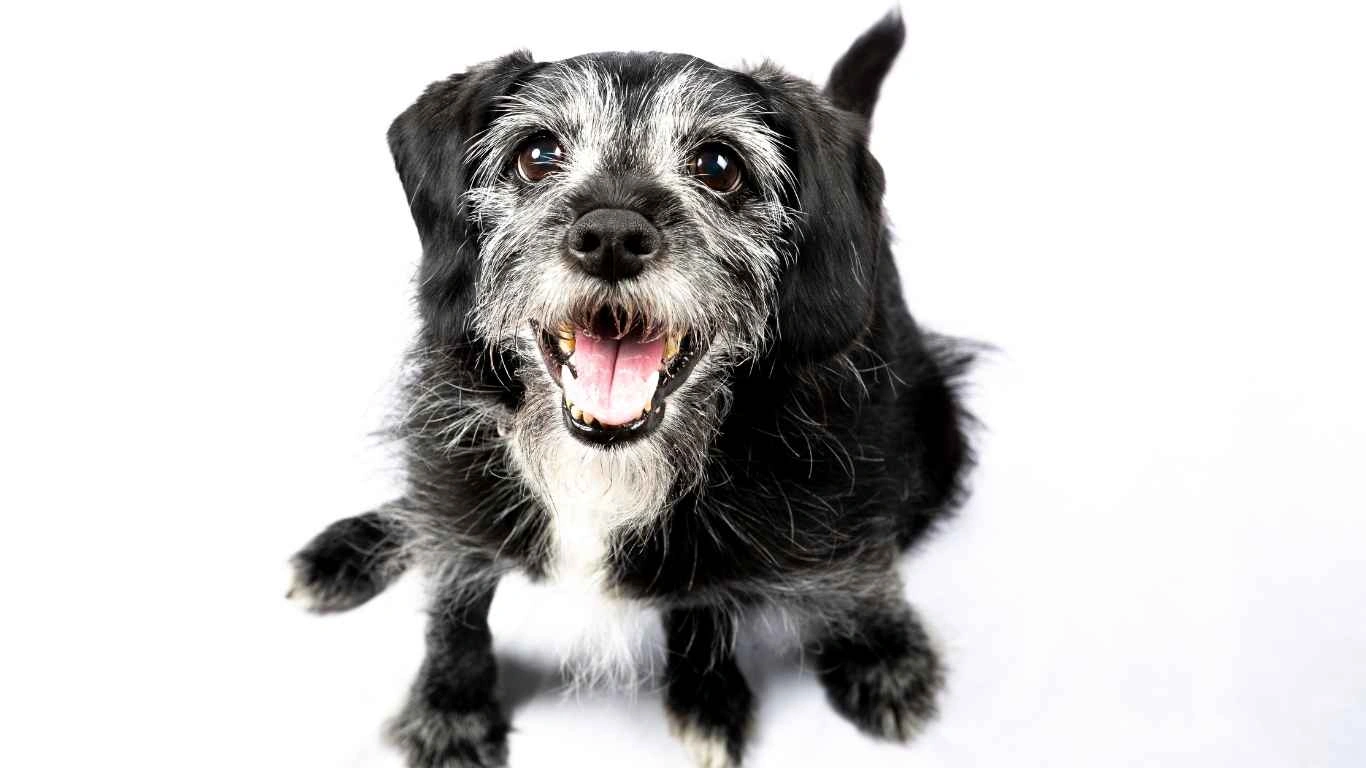
Now that we’ve covered jalapeños, let’s take a look at other common spicy foods that you might have in your kitchen. A lot of people are under the impression that just because something is a bit spicy, it’s okay for their dog to try. But, like with jalapeños, other spicy foods can be just as dangerous, or even worse, for your dog’s health. It’s crucial to be aware of what you’re feeding your dog, even if you think they “might be okay with it.”
Habaneros, Ghost Peppers, and Other Super-Hot Peppers
If you’ve ever seen a habanero or ghost pepper, you know these are not your average chili peppers. These peppers are significantly hotter than jalapeños and can cause serious distress in your dog. If a dog eats even a small amount of a super-hot pepper, like a ghost pepper, they could experience extreme pain and discomfort. Symptoms can include:
- Severe stomach cramps
- Intense drooling
- Rapid breathing or panting
- Disorientation or confusion
In my experience, it’s best to avoid having these super-hot peppers anywhere near your dog’s reach. Even though some people enjoy testing their tolerance with extremely spicy foods, our dogs aren’t built for that level of heat. If your dog accidentally eats one of these, you should immediately call your vet for advice.
Hot Sauces and Spicy Condiments
Hot sauces, chili sauces, and spicy condiments—these are also foods that many people tend to overlook when it comes to feeding their pets. Whether you’re grabbing a taco or dipping some wings, sauces and condiments can end up being a tempting treat for a curious dog. But beware, these sauces often contain not just capsaicin (the hot stuff), but also other ingredients like garlic, onion, and salt, which can be toxic to dogs.
If your dog has a tendency to swipe things off the counter, it’s important to remember that many of these spicy condiments are harmful. A dog that consumes too much garlic or onion could end up with digestive issues or even more severe reactions, including:
- Vomiting
- Diarrhea
- Weakness
- Anemia (in the case of garlic and onions)
So, next time you’re enjoying some spicy food with sauce, make sure it’s kept out of reach of your dog. And if they do manage to sneak a bite, keep an eye out for any signs of discomfort or illness.
What Are the Risks of Spicy Foods in Dogs?
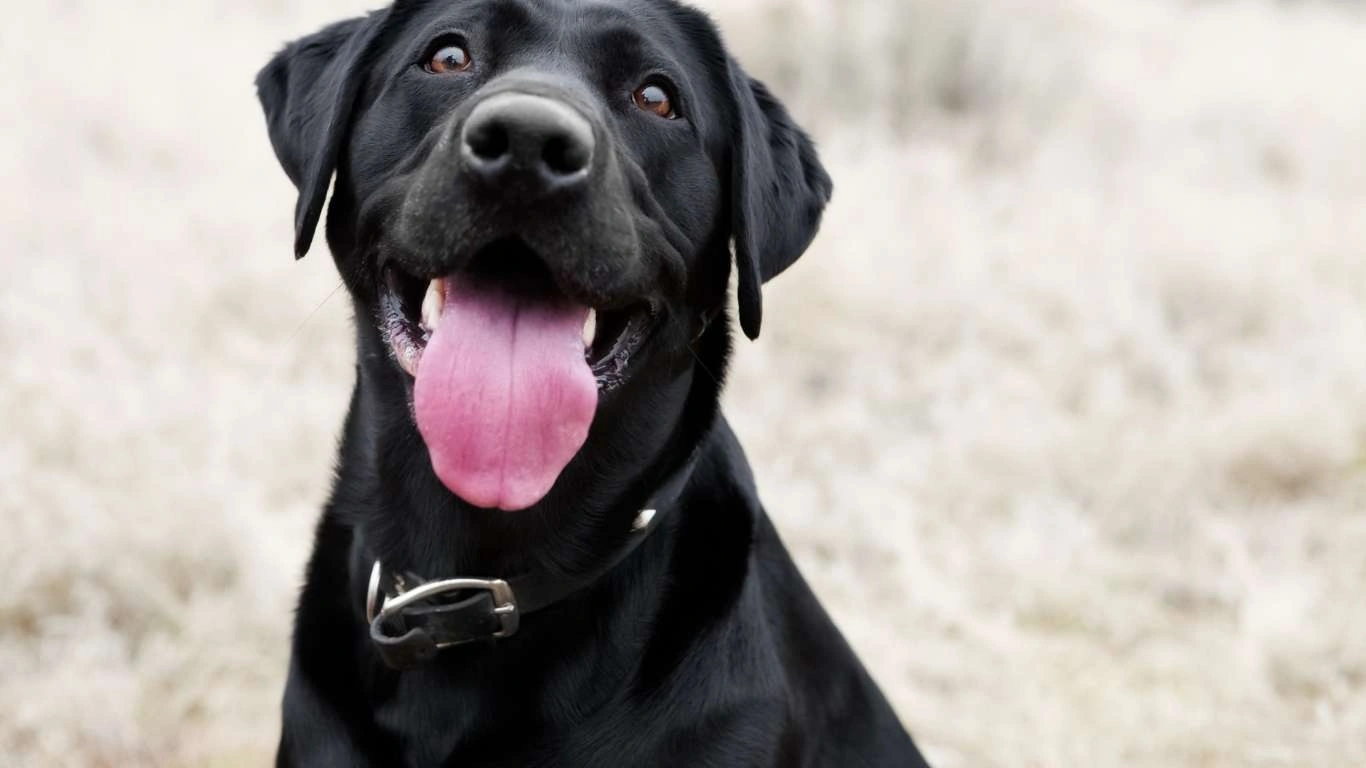
Gastrointestinal Issues
The biggest risk when it comes to dogs eating spicy food is gastrointestinal upset. As I’ve mentioned before, dogs have much more sensitive stomachs than we do. When they consume something spicy, like jalapeños or hot sauce, their stomach lining can become irritated. This can lead to discomfort like bloating, nausea, and gas—things no pet parent wants to deal with!
Not only is this uncomfortable for your dog, but it can also lead to more serious issues if left untreated. For instance, excessive vomiting or diarrhea can quickly lead to dehydration, which is a serious concern for dogs. As a pet care professional, I’ve seen how dehydration can worsen the symptoms and even lead to other health complications if not addressed promptly.
So, when you’re thinking about sharing food with your dog, always keep in mind that what might be delicious for you could cause major digestive upset for them. This is one of the main reasons why spicy foods are a no-go.
Health Complications from Long-Term Exposure
While a small amount of spicy food might cause some short-term discomfort, long-term exposure to spicy foods or other human foods can lead to more significant health problems for your dog. Chronic issues like stomach ulcers or pancreatitis can occur if a dog’s digestive system is constantly irritated by spicy, fatty, or spicy food.
I remember a case where a dog, let’s call him Duke, kept sneaking spicy snacks from the family’s trash can. Over time, Duke developed frequent stomach issues—vomiting, loss of appetite, and occasional lethargy. After a thorough vet examination, it was determined that his digestive system had become so irritated by the spicy food that it was leading to inflammation. Luckily, with treatment and diet changes, Duke recovered, but it was a reminder of how important it is to keep our pets away from foods that can cause harm.
How to Prevent Your Dog from Eating Spicy Foods
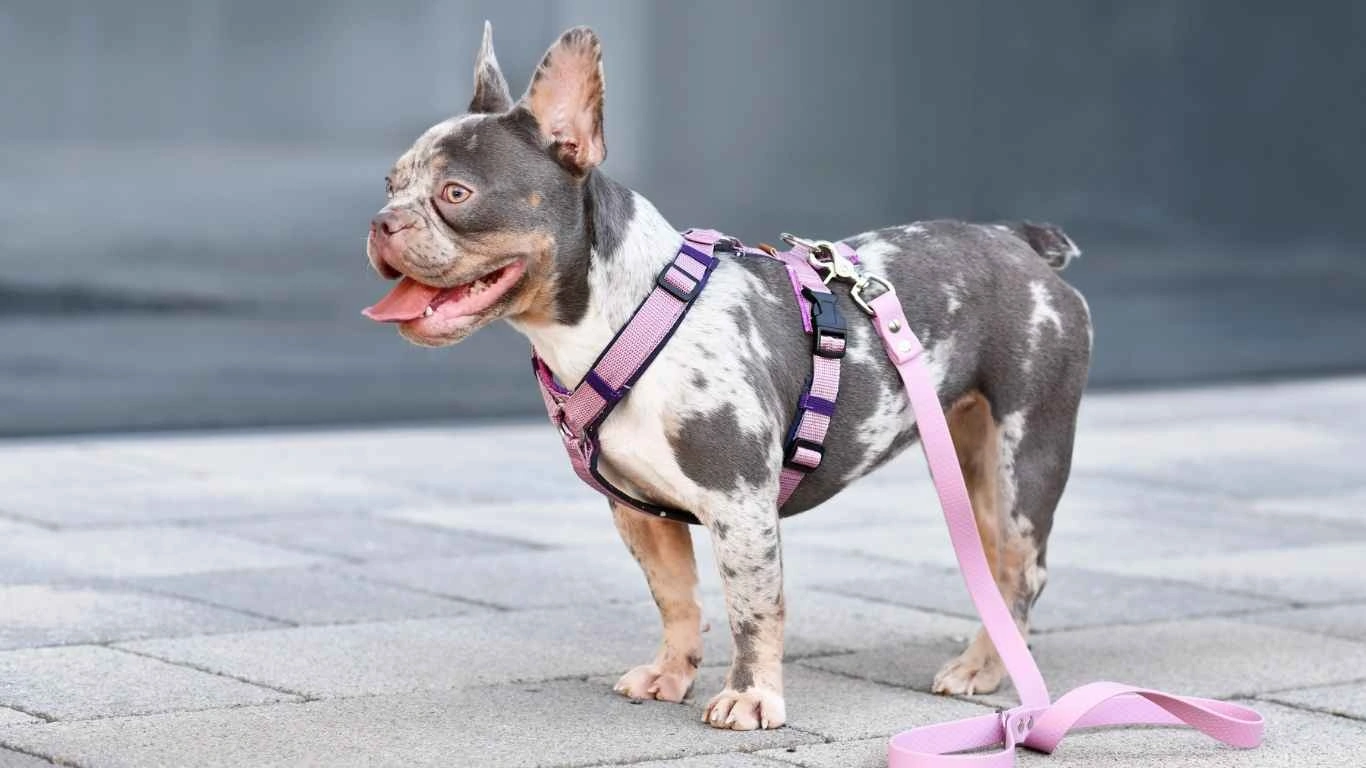
Dog-Proofing Your Kitchen
The first step to ensuring your dog doesn’t get their paws on spicy foods is to dog-proof your kitchen. It’s easy for a dog to snatch something off the counter or even steal food from a plate if they have access to it. As a pet parent, I know how quickly things can go from calm to chaos when a curious pup finds something they shouldn’t eat.
Here are a few tips to help keep your dog safe:
- Keep food off counters: Make sure food is out of reach, especially anything spicy. You might want to get into the habit of placing food in the fridge or on high shelves when you’re cooking or eating.
- Train your dog: Training your dog to leave food alone can take some time, but it’s definitely worth it. Positive reinforcement works wonders when teaching dogs not to beg or steal food.
- Proper disposal: Make sure to immediately dispose of any food scraps, particularly spicy ones, to avoid your dog getting into them.
Taking these simple precautions can prevent a lot of unnecessary stress and health problems for your dog. With a bit of effort, you can make sure that spicy foods stay out of their reach and keep them safe and comfortable.
What to Feed Your Dog Instead of Spicy Foods
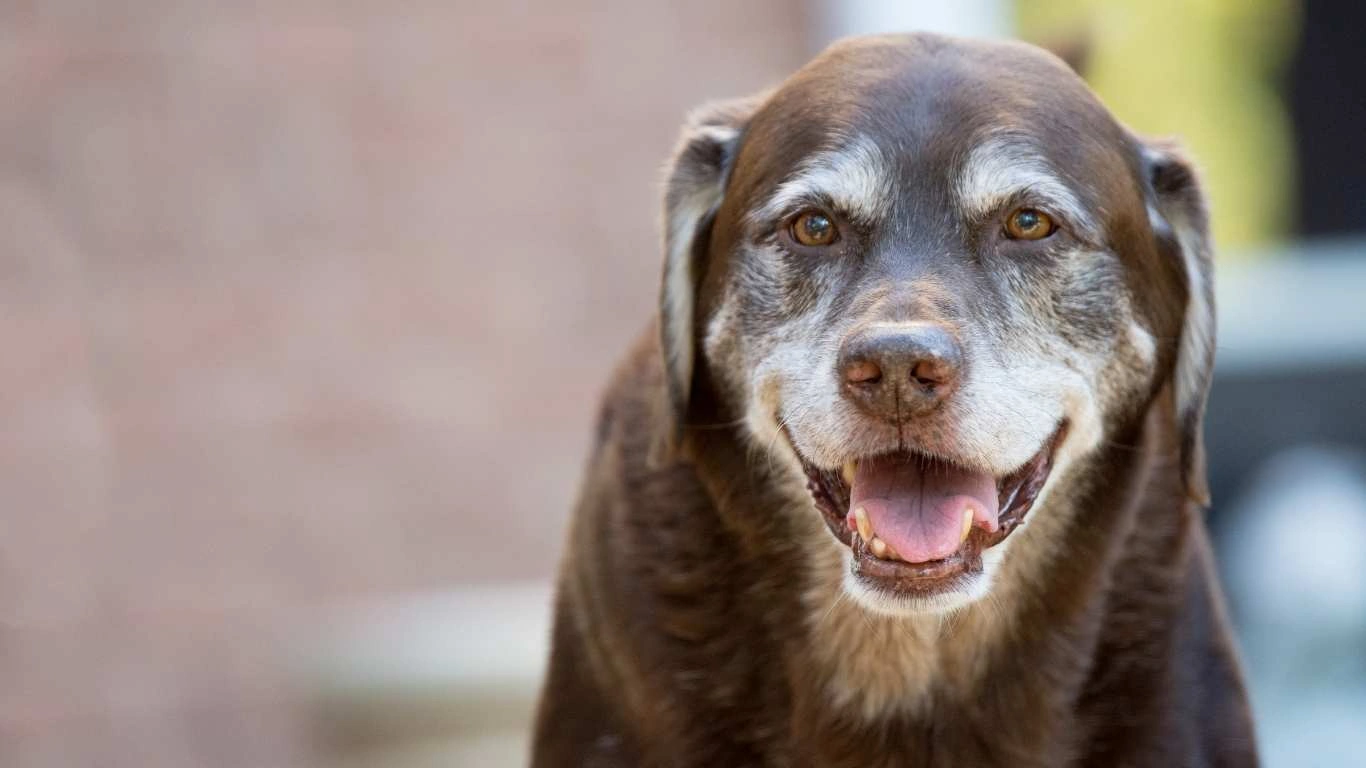
Now that we’ve discussed why spicy foods are a big no-no for dogs, let’s talk about some safe, healthy alternatives to feed your furry friend. As a pet care specialist, I always encourage dog owners to prioritize a balanced diet that’s not only nutritious but also enjoyable for their pets. Fortunately, there are plenty of dog-friendly treats and foods you can offer that won’t put your pet’s health at risk. It’s all about making informed choices and keeping your dog’s wellbeing in mind.
Safe Fruits and Veggies for Dogs
Instead of reaching for those spicy snacks, try offering your dog some tasty fruits and vegetables that are not only safe but also beneficial to their health. Many fruits and vegetables contain essential vitamins, minerals, and antioxidants that support your dog’s immune system and digestive health. Here are a few great options to consider:
- Carrots: Crunchy and full of vitamins, carrots are an excellent low-calorie treat that most dogs love.
- Apples: Dogs love apples, and they’re packed with fiber and vitamin C. Just be sure to remove the seeds before giving them to your dog.
- Blueberries: These tiny berries are rich in antioxidants and are a great, healthy snack for dogs.
- Sweet potatoes: These are a fantastic source of fiber, beta-carotene, and vitamins A and C. Cooked sweet potatoes are easy for dogs to digest and make for a great treat.
- Green beans: If you’re looking for a low-calorie snack, green beans are a great option. They’re also high in fiber and vitamin C.
Whenever you introduce a new food to your dog’s diet, whether it’s a fruit, veggie, or anything else, make sure to do so in moderation. Even healthy treats can cause upset stomachs if given in excess. Always monitor your dog after trying something new, and remember, not every dog will like every food you offer. I’ve worked with a few dogs who had an absolute obsession with green beans (who knew?), while others turned their noses up at them. It’s all about finding what works for your dog!
High-Quality Dog Food and Treats
Of course, the best way to ensure your dog is getting all the nutrition they need is by sticking to high-quality, balanced dog food. There are plenty of brands out there that create food specifically designed to meet your dog’s dietary needs, whether they’re a pup, an adult, or a senior. Many pet owners choose premium dry kibble or wet food options, depending on their dog’s preference.
If you’re interested in supplementing your dog’s regular meals with a special treat, there are lots of healthy dog treat options available, such as:
- Freeze-dried meat treats: These treats are made from high-quality protein and are a great way to reward your dog while maintaining their health.
- Natural chews: Chews made from antlers, bones, or bully sticks can satisfy your dog’s urge to chew while providing a natural source of nutrition.
- Dental chews: These chews are designed to promote oral health by helping to reduce plaque and tartar buildup on your dog’s teeth.
When choosing dog food and treats, always look for reputable brands that prioritize quality ingredients and transparent labeling. Be sure to consult with your veterinarian to make sure the food is appropriate for your dog’s age, size, and health condition. After all, what works for one dog might not be suitable for another!
When to Consult Your Veterinarian

Sometimes, no matter how careful we are, things happen, and our dogs end up eating something they shouldn’t—whether it’s spicy food, human snacks, or even something toxic they find on a walk. While many cases are relatively mild and can be managed at home, there are times when it’s best to reach out to a veterinarian. As an animal care professional, I’ve worked with many concerned pet owners who weren’t sure when to seek professional help.
Signs Your Dog Might Need Veterinary Care
If your dog has eaten something they shouldn’t, keep a close eye on them for any signs of distress. Here are some red flags that indicate it’s time to call your vet:
- Persistent vomiting or diarrhea: If your dog’s symptoms last for more than a few hours or worsen, it’s important to get them checked out.
- Difficulty breathing or excessive panting: This could be a sign of an allergic reaction or even a more serious issue. Seek immediate veterinary care if you notice this.
- Excessive drooling: While drooling can happen after eating something spicy, if it continues or is accompanied by signs of discomfort, it’s best to consult your vet.
- Lethargy or weakness: If your dog becomes unusually tired or weak, it may indicate they’re not feeling well enough to handle whatever they ingested.
Even if you’re unsure whether your dog’s symptoms are a cause for concern, it’s always better to err on the side of caution. Contacting your vet for advice can help ensure your dog gets the care they need as soon as possible.
References and Additional Resources
If you’re looking to learn more about keeping your dog healthy and understanding what foods are safe for them, here are some great resources:
- American Kennel Club (AKC) – Provides useful tips on pet care and dog health.
- PetMD – Offers expert advice on pet nutrition and health concerns.
- National Institutes of Health (NIH) – Source for health-related information for both humans and pets.
- Health.com – General health advice that can help dog owners understand the importance of a balanced diet.
Disclaimer
As always, the information in this article is based on general knowledge and personal experience as an Animal Care Specialist. It is not intended to replace professional veterinary advice. If you have concerns about your dog’s health or diet, please consult with your veterinarian for personalized care and recommendations.



